Tips to find the best air purifiers to protect against wildfire smoke
Published in Lifestyles
LOS ANGELES -- As buildings and brush continue to smolder in Los Angeles, a toxic soup of smoke, chemicals and particulate matter is being spread across the region by gusty winds, prompting a surge in interest in air purifying devices.
Web searches for "air purifier for wildfire smoke" in Los Angeles have increased by more than 5,000% since the fires broke out, according to Google Trends.
But what kind of air purifier should residents get? And how can they put it to best use? Here's what the air quality experts had to say.
Cheap doesn't mean bad
The good news is Angelenos need not break the bank on these purifying devices — the cost of which can range anywhere from $50 to $1,200.
"There's a lot of gimmicky air purification systems out there, but for the purposes of particulate matter coming from smoke, any fan and filter will work," said Luke Montrose, assistant professor of Environmental and Radiological Health Sciences at Colorado State University.
This includes homemade air purifying devices made from a box fan and an HVAC particulate air filter, he said.
Montrose said these homemade purifying boxes are highly effective and cost-effective, but he cautioned that they can be easily damaged by pets or small children. If possible, he recommends investing in an air purifying machine.
HEPA for filtering, carbon for cleaning
Dr. Afif El-Hasan, an asthma and air quality expert with Kaiser Permanente Orange County, recommends people impacted by wildfires purchase an air purifier that is both HEPA certified and has a carbon filter.
A HEPA device — which stands for high efficiency particulate air — can filter 99.97% of any airborne particles that are 0.3 microns or larger, according to the Environmental Protection Agency. This will do a great job of filtering ash particles produced by the recent wildfire but will not clean chemicals from the air, said El-Hasan.
"My preference is not just that the air purifier is filtering the air but that it's also cleaning the air, and the way that it does that is if there's also a carbon filter included," he said. "There's a lot of harmful chemicals that were formed by the fires, because those fires were burning houses where there's plastics, metal, paint and drywall."
El-Hasan recommends people pay attention to two additional factors when purchasing their purifier: the square footage it covers and the cost of replacement filters.
An inexpensive air filter with expensive replacement filters is less of a bargain than it appears, and the same goes for a well-priced device that only effectively filters half a room, he said.
Create a clean air space
Another piece of advice is to focus on maintaining clean-air areas as opposed to an entire clean-air home.
"Try to create a clean-air space in your house," said Montrose. "If you have a 5,000-square-foot house, it's a fool's errand to supplement air purification in your entire house."
El-Hasan concurred and said it's best to keep a filter in the one or two rooms where you spend the most time, such as an office or bedroom, and to keep doors and windows closed. It's also a good idea to keep an air filter by the door, where pollution, ash and other nasty stuff from the outside world enters, he said.
Lastly, it's important to change filters regularly to ensure purifiers are operating effectively.
Many devices will have a built-in timer and turn on a light when a new filter is due. However, during intense periods of air pollution — such as the wildfires that Los Angeles is currently experiencing — filters can deteriorate more rapidly, El-Hasan said.
A simple way to check filter condition is to visually inspect it. If it's dirty and dark looking, it's time for a replacement, he said. Now is also a good time to check the condition of air filters on central heating and cooling systems, he added.
Assess your risk
The importance of all this advice depends on a person's health and their exposure to poor quality air.
"The people who are most at risk and should really take caution are the very young, the very old, the pregnant or nursing and people with co-morbidities like asthma and chronic obstructive pulmonary disease," said Montrose.
Air quality can differ significantly from day to day as winds switch direction and fires flare up in different locations. Montrose recommends residents use resources such as AirNow.Gov and PurpleAir's real-time map to monitor local conditions.
©2025 Los Angeles Times. Visit at latimes.com. Distributed by Tribune Content Agency, LLC.




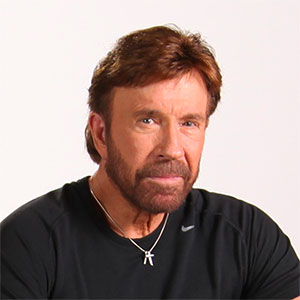



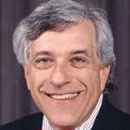

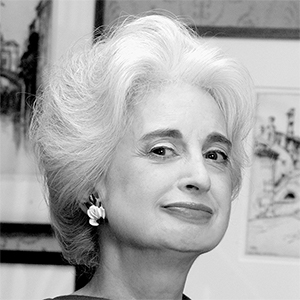
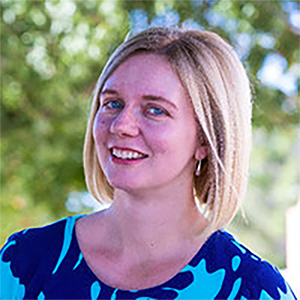
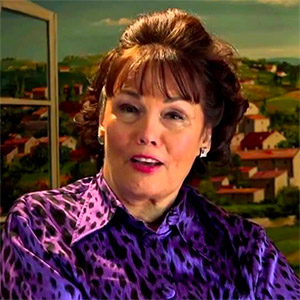

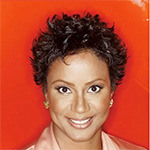
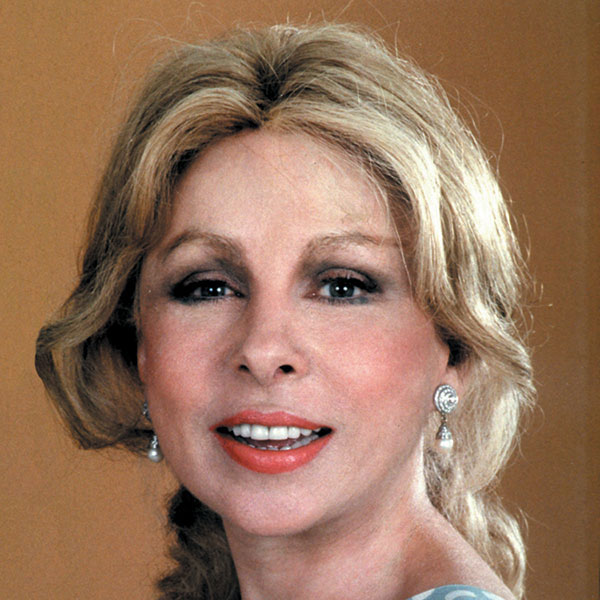
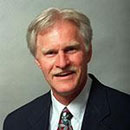
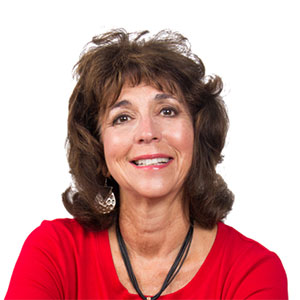
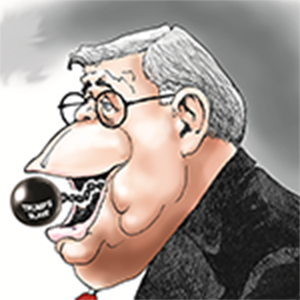



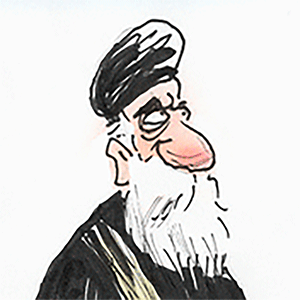
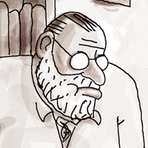
Comments